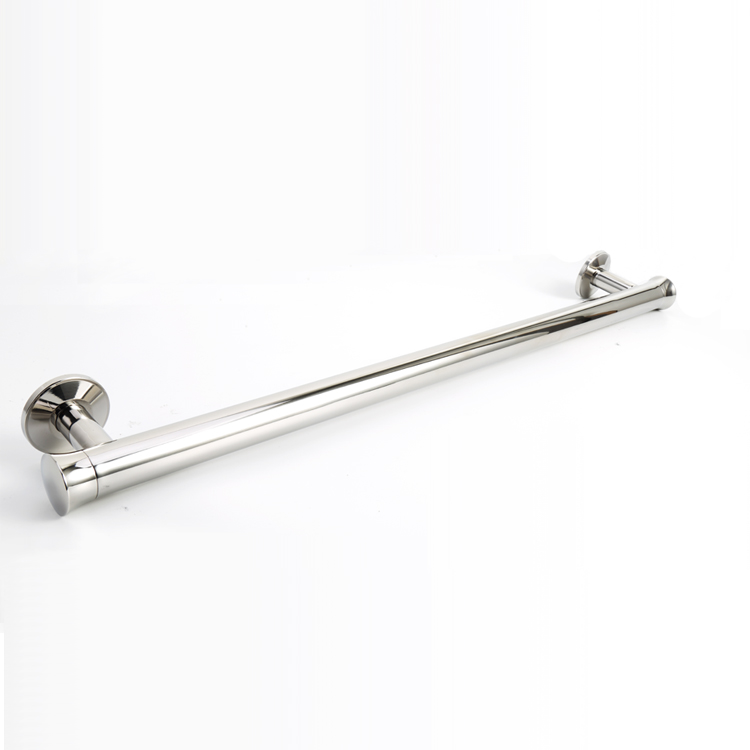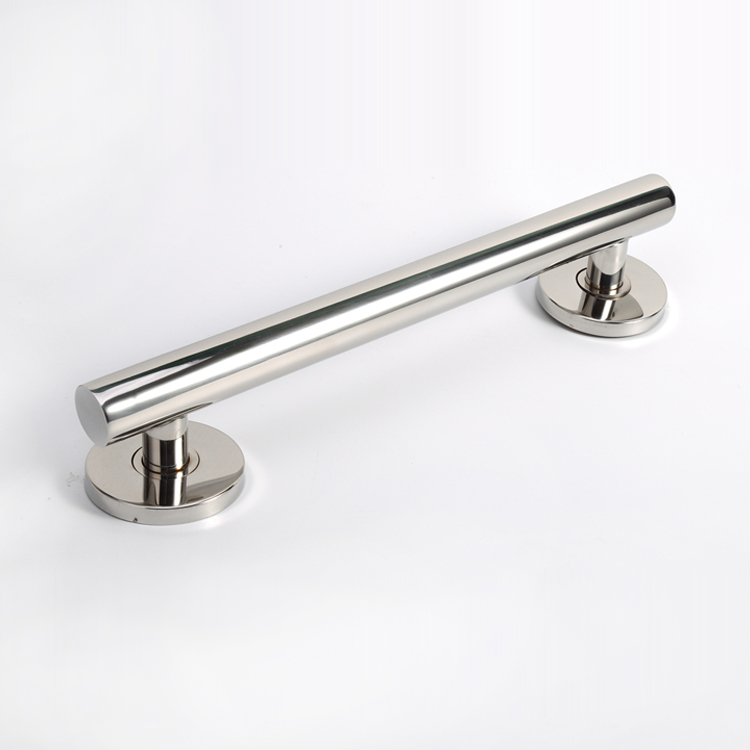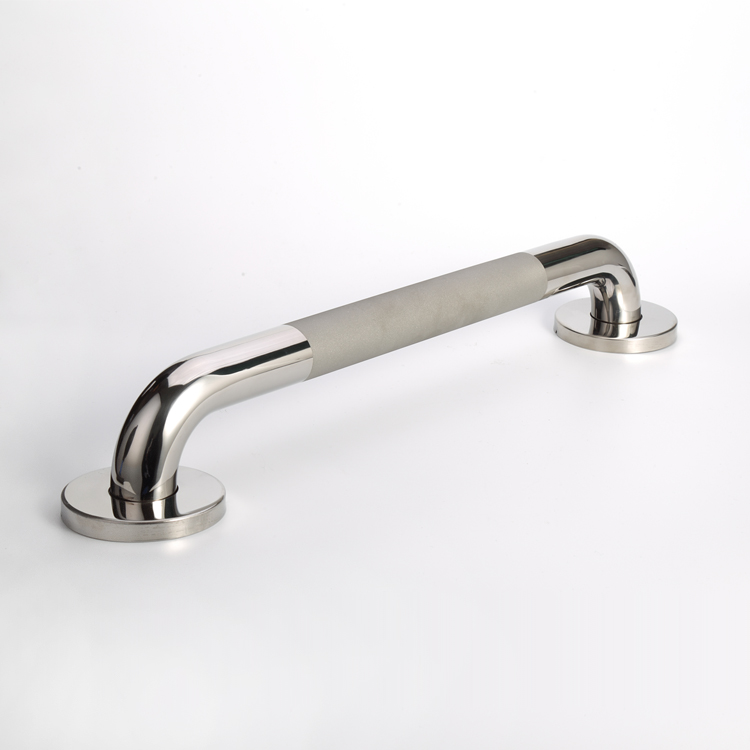ADA Compliance Guide: How to Avoid Common Mistakes
Introduction
The Americans with Disabilities Act (ADA) requires businesses to provide accessible facilities for people with disabilities. However, many organizations make costly mistakes that lead to lawsuits, fines, and expensive renovations.
This guide explains the most frequent ADA compliance errors and how to prevent them, helping you create accessible spaces while reducing legal risks.
Common ADA Compliance Mistakes and Solutions
1. Restroom Accessibility Issues
Mistake: Incorrect toilet stall dimensions, missing grab bars, or improper installation.
Solution:
Ensure toilet stalls have at least 60 inches of clearance for wheelchair access.
Install grab bars that support 250 pounds of force at 33-36 inches above the floor.
Provide sink clearance of 27 inches underneath for wheelchair users.
Tip: Use an ADA compliance checklist before construction.
2. Parking Lot Violations
Mistake: Van-accessible spaces too small or missing proper signage.
Solution:
Van-accessible parking must be 96 inches wide with 98 inches of vertical clearance.
Access aisles should be 60 inches wide with clear blue striping.
Install signs at least 60 inches above the ground with the wheelchair symbol.
3. Doorway and Entrance Problems
Mistake: Doors too narrow or too hard to open.
Solution:
Door openings must be at least 32 inches wide.
Thresholds should not exceed half an inch in height.
Consider automatic doors for high-traffic areas.
4. Missing or Incorrect Signage
Mistake: No Braille or tactile signs, or signs mounted at the wrong height.
Solution:
Use high-contrast lettering between 5/8 and 2 inches tall.
Mount signs 48 to 60 inches from the floor.
Include Grade 2 Braille placed below the text.
5. Website Accessibility Failures
Mistake: Missing alt text, poor keyboard navigation, or lack of ARIA labels.
Solution:
Follow WCAG 2.1 AA guidelines for digital accessibility.
Use tools like WAVE or axe DevTools to audit your website.
ADA Compliance Checklist
Before completing any project, verify the following:
Doors and hallways are at least 32 inches wide and easy to open.
Ramps have a maximum slope of 1:12 with handrails.
Restrooms have proper grab bars, sink clearance, and mirror height.
Parking spaces meet ADA requirements for size and signage.
Your website is screen-reader-friendly and keyboard-navigable.
Legal Risks of Non-Compliance
Fines can reach up to $75,000 for first-time violations.
Over 10,000 ADA Title III lawsuits are filed each year.
Fixing compliance mistakes often costs 3-5 times more than building correctly from the start.
 Choosing the Best Material for Shower Handrails
Choosing the Best Material for Shower Handrails
 Hospital Bathroom Safety Upgrade with Self-Install YIRUIS Grab Bars
Hospital Bathroom Safety Upgrade with Self-Install YIRUIS Grab Bars
 How to Choose Grab Bars for Elderly Parents?
How to Choose Grab Bars for Elderly Parents?
 The Most Common Grab Bar Finish: A Practical Guide
The Most Common Grab Bar Finish: A Practical Guide

